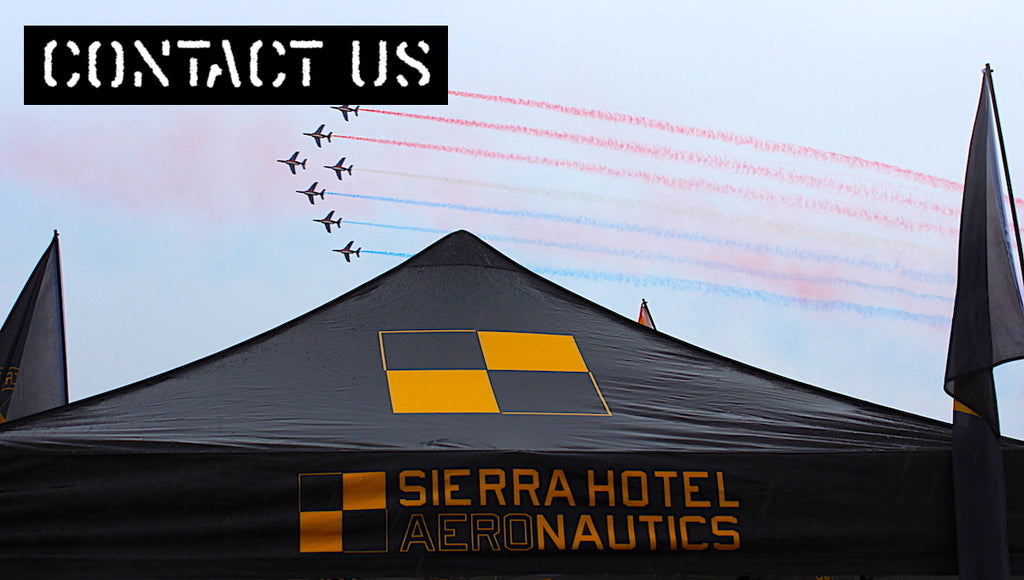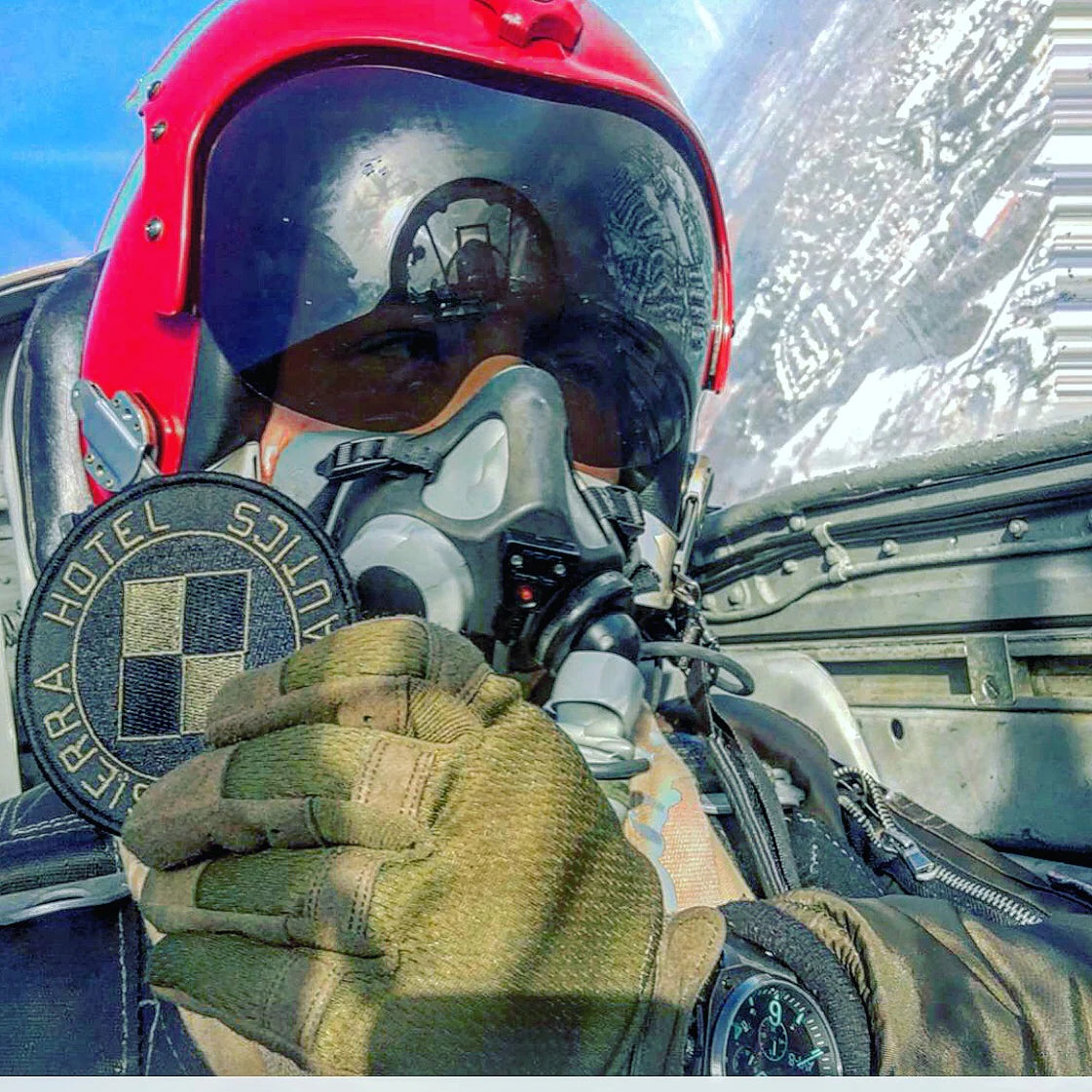The Pilot Who Crashed His Corsair To Save His Wingman

(Images: Courtesy of Columbia Pictures "Devotion" and the United States Navy)
.
December 4th, 1950, Lt Thomas Jerome "Lou" Hudner Jr. was part of a six-aircraft flight supporting U.S. Marine Corps ground troops who were trapped by Chinese forces. At 13:38, "Lou" took off from the Leyte with squadron executive officer Lieutenant Commander Dick Cevoli, Lieutenant George Hudson, Lieutenant Junior Grade Bill Koenig, Ensign Ralph McQueen, and Hudner's wingman, Ensign Jesse L. Brown, the very first African American Navy pilot.
At 14:40 Koenig radioed to Brown that his aircraft appeared to be trailing fuel. The damage had likely come from small arms fire from Chinese infantry, who were known to hide in the snow and ambush passing aircraft by firing in unison. It seemed one of their bullets may have ruptured an oil line.
.

.
Brown, losing oil pressure and increasingly unable to maintain altitude, dropped his external load and attempted to land his aircraft in a snow-covered clearing on the side of a mountain. Brown crashed into a bowl-shaped valley, some 15 miles behind Chinese lines. Due to the heavy crushing snows effect on the fuselage during the forced landing, Brown's leg was pinned beneath his Corsair. Brown stripped off his helmet and gloves in an attempt to free himself, before waving to the other pilots, who were circling close overhead.
.

.
Hudner and the other airborne pilots canvassed the mountain for any sign of nearby Chinese ground forces. They received a signal that a rescue helicopter would come as soon as possible, but at that moment Brown's aircraft began smoking, then flames igniting near its internal fuel tanks.
.

Hudner watching helplessly as the fire crept along the wreckage of his wingman, decided to do the unthinkable...pushing his nose forward, dropping his external load, and intentionally crash-landing his aircraft in the snow. Leaping out of his wreckage, then running to Brown's side in an attempt to wrestle him free from his burning aircraft. With Brown's condition worsening by the minute, Hudner attempted to douse the aircraft flames with snow and pull Brown from the aircraft, but it was all in vain...he would not budge.
.

.
Brown began slipping in and out of consciousness, but in spite of being in great pain, did not complain to Hudner. A rescue helicopter appeared over the ridge at approximately 15:00. Hudner and the helicopter pilot, Lieutenant Charles Ward, were unable to put out the engine fire with a fire extinguisher as they tried in vain to free Brown with an axe for over 45 minutes. They briefly considered, at Brown's request, amputating his trapped leg.
Brown lost consciousness for the last time shortly thereafter. His last known words, which he told Hudner, were "Tell Daisy I love her."
The rescue helicopter was unable to operate in the darkness, and as nightfall approached, Hudner had no choice but to leave Brown's side. Ensign Jesse L. Brown is believed to have died shortly thereafter of his injuries and exposure to the extreme cold.
No Chinese forces had threatened the crash site, most likely due to the heavy air presence of the VF-32 Corsair pilots orbiting above.

Hudner begged superiors to allow him to return to the wreck the next day to help extract Brown, but due to enemy activity, it was feared an ambush of the vulnerable American helicopters would result in additional casualties.
In order to prevent the body and the aircraft from falling into Chinese or North Korean hands, U.S. Navy aircraft bombed the crash site with napalm two days later, air crews reciting the Lord's Prayer over the radio as they watched Brown's body consumed by flames. Ensign Jesse L. Brown was the first African American U.S. Navy officer killed in the war.
.

Pictured: Ensign Jesse L. Brown flying a Bearcat one year before being shot down.
.
Thomas Jerome "Lou" Hudner Jr. received the Medal of Honor from President Harry S Truman as Ensign Jesse Brown's wife Daisy proudly looked on. According to "Lou" there was nothing heroic about his actions...
.

MEDAL OF HONOR CITATION
.
Thomas Jerome "Lou" Hudner Jr. flew west on November 13th, 2017, at the age of 93. He was interred at Arlington National Cemetery
.

.
On 7 May 2012, the Secretary of the Navy, Ray Mabus, announced that a new Arleigh Burke-class guided-missile destroyer would carry the name of Thomas Hudner.
USS Thomas Hudner (DDG-116) Arleigh Burke-class destroyer’s keel was laid on 16 November 2015, christened on 1 April 2017, and launched three weeks later, on 23 April. 2017.
USS Thomas Hudner (DDG-116) Arleigh Burke-class destroyer’s keel was laid on 16 November 2015, christened on 1 April 2017, and launched three weeks later, on 23 April. 2017.
.

.














Leave a comment